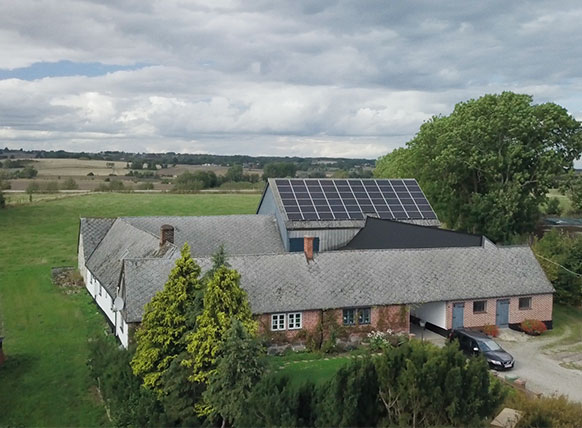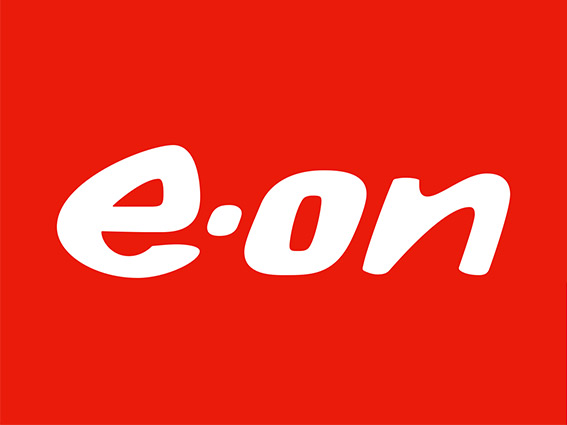

Tips to help achieve a net zero home
The UK is committed to being net zero by 2050, but what is net zero? Net zero describes the target of achieving overall (net) zero emissions and minimising our impact on the planet. There are steps we can all take to take action for climate and help achieve the UK’s net zero target.
And our homes are a great place to start. In fact, it’s where we, as individuals, can make the most difference. So read on for five ways to start your journey to net zero.
1. Future-proof your home with insulation
Insulation is one of the best ways to improve your home’s energy efficiency and sustainability, especially if you live in an older home. Insulation helps to keep the heat inside your home, making your home feel warmer. It also helps keep your home cooler in warmer months.
And if you want to replace a gas boiler with a heat pump (see next tip), you’ll need to make sure you have effective insulation to avoid any unnecessary heat loss. There’s little point investing in a more efficient heating system if that valuable heat is being lost.
Draught proofing your home is easy, efficient and inexpensive way to keep heat inside. Check your home for draughts, particularly around your windows and doors. You can banish draughts with low-cost draught excluders or by caulking any gaps in your window seals.
2. Invest in a heat pump
The millions of gas boilers in UK homes produce twice as much damaging carbon emissions as all of the UK’s gas-fired power stations combined1. So moving away from gas and decarbonising the way we heat our homes can have a big impact on our ability to reach net zero.
Air source heat pumps are a more sustainable alternative to gas boilers and work by drawing heat from the air around them and concentrating it to keep you warm. One of the main benefits of an air source heat pump is that they can help to reduce your carbon footprint and make your home more sustainable.
What’s more, the UK Government is now offering grants of £5,000 towards to upfront cost of installing a heat pump in your home.
Wondering if air source heat pumps are worth it? Check out our blog to find out more.
3. Replace your old boiler
If you’re not ready to make the switch to a heat pump, replacing your old boiler with a new, efficient model can help to bring down your home’s carbon emissions. Older boilers, those around 10-15 years old, don’t run as efficiently as new boilers, meaning they use more gas or oil to heat your home.
By upgrading your boiler, you’ll release fewer emissions into the environment when heating your home and help to reduce your carbon footprint. You’ll also use less energy to heat your home, helping you to save money on your heating bills.


4. Install solar panels
Renewable energy is a key step on the road to net zero. Burning fossil fuels such as coal and gas to generate energy releases harmful pollutants and carbon emissions into the atmosphere.
You can generate your own renewable electricity at home with solar panels to power your lights, appliances and even your car if you own an electric vehicle. With solar panels, you can rely less on importing electricity from the grid and instead power your home with daylight.
Consider a solar battery too. Solar panels generate electricity during the day and with a solar battery you can store this power to use once the sun goes down or whenever is most convenient for you.
If you’re not ready to make an investment in solar yet, you can still benefit from renewables-backed electricity – we provide all our E.ON Next customers with electricity backed by 100% renewable sources2.
5. Choose a smart meter
Smart meters can help you to stay in control of your energy use and costs and identify where you could save energy in your home.
With your in-home display, you can see how much energy you’re using in pounds and pence and how much C02 you generate and when. You can also set a budget and compare your energy use across the week, month or year to better understand and manage your energy use.
But smart meters can also play a bigger role in the path to net zero. By getting a smart meter installed, you’re helping to modernise the UK’s energy grid.
With a modern grid, we’ll be able to know where and how energy is being used and be better placed to meet the demands of households across the UK. What’s more, we’ll be able to rely less on fossil fuels and more on low-carbon, green energy sources.
By choosing to act now, we can help to achieve the UK’s net zero goal and protect the environment. Find out more about how E.ON is taking action for climate at eonenergy.com/action
1. The Guardian: UK’s home gas boilers emit twice as much CO2 as all power stations – study
2. Electricity backed by 100% renewable sources. Electricity sourced from E.ON's renewable assets, agreements with independent UK generators and the purchase of renewable electricity certificates. The electricity supplied to your home comes from the National Grid. Find out more at eonenergy.com/renewable


Our blog
Read our latest blogs to discover how E.ON is leading the energy transition through smart and sustainable solutions.


Sustainable homes
Find out the many ways in which you can create a more sustainable home and reduce your carbon footprint.


Power your home with renewable energy
Choosing renewable energy sources for your electricity and heating can make your home more sustainable. So we’ve explored the different ways you can power your home with renewable energy.
